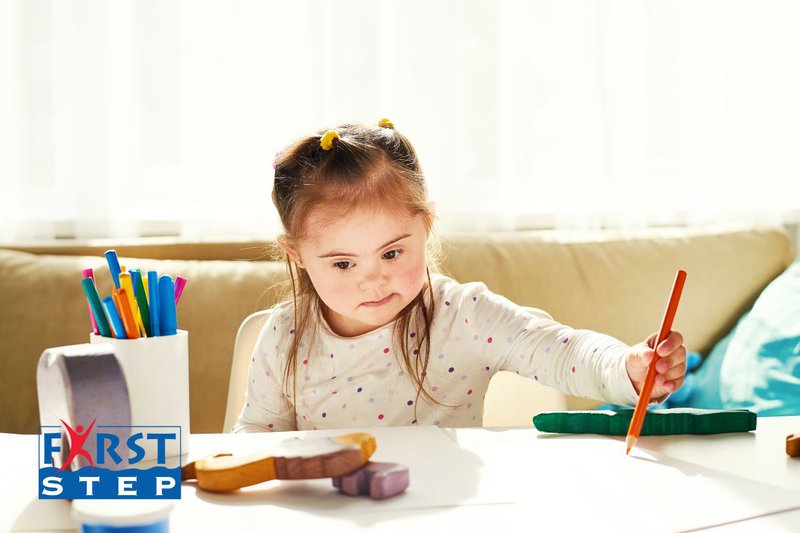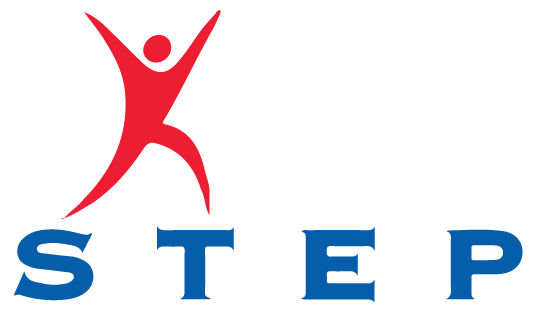Applied Behavior Analysis (ABA) is more than just a therapy—it’s a proven way to help individuals with autism learn important skills and reduce challenging behaviors. If you’ve ever wondered how ABA works in real-life situations, this article breaks down what ABA is and provides clear examples of its support for children and adults with autism. Let’s explore its real-world applications!
Key Takeaways:
- ABA’s Role in Autism Therapy: Builds skills, improves behavior, reduces challenges, and adapts to specific needs. Techniques include positive reinforcement and task analysis.
- Reinforcement: Rewards like verbal praise or toys encourage children to repeat positive behaviors (e.g., saying "please").
- Task Analysis: Breaks tasks into manageable steps (e.g., brushing teeth begins with picking up a toothbrush).
- Home-Based Techniques: Includes behavior modeling, using PECS for communication, redirection, and practicing learned skills in daily routines.
- ABA in Schools: Incorporates structured classrooms, visual aids, behavior assessments, and strategies for replacing unwanted behaviors with positive alternatives.
- Parental Involvement: Parents can apply ABA strategies, including reinforcement and task analysis, to build their child’s skills at home.
- ABA for Adults: Focuses on adult-specific goals, teaching life skills like cooking, job readiness, and fostering independence.

Applied Behavior Analysis Example in Autism Therapy
Applied Behavior Analysis (ABA) plays a significant role in autism treatment. It focuses on teaching skills, modifying behavior, and addressing specific challenges. The approach is adaptable and tailored to meet the needs of each person. Through ABA, children can work on tasks such as sitting calmly, speaking, or making eye contact. These foundational skills allow them to connect better with others.
A common ABA strategy is reinforcement. If a child with autism completes a task, they might receive verbal praise or a small reward. For instance, saying “Good job!” when a child says “please” encourages effective communication and motivates the child to repeat the behavior.
Another widely used technique is task analysis. Therapists break down activities into smaller, manageable steps. For example, toothbrushing might begin with simply picking up a toothbrush. More steps, like applying toothpaste or rinsing, are added gradually. Over time, children can complete the entire activity confidently.
ABA is often used across various settings, including homes, schools, and therapy environments. During in-home sessions, parents frequently work alongside therapists to build collaborative skills. These moments highlight ABA’s focus on teamwork and shared progress.
Resources like this guide to early autism support demonstrate how understanding ABA early can make a major difference in outcomes for children.
Common ABA Therapy Techniques for Home Use
One of the simplest ABA techniques to try at home is reinforcement. When a child demonstrates a positive behavior, such as completing a task or making eye contact, they receive a reward. Examples of rewards include praise, a favorite snack, or a small toy. The primary goal is to encourage the consistent repetition of that behavior.
Another effective method is modeling, where parents demonstrate the behavior they want the child to copy. For example, if you want your child to greet someone, say “Hi” and wave. Let your child observe and then attempt to imitate the action.
For children with speech challenges, Picture Exchange Communication System (PECS) can be useful. Through this system, a child hands over a visual representation of what they want—like a picture of a cup—to express their needs. Over time, this can help improve overall communication.
Daily routines create excellent opportunities for practicing ABA techniques. During a meal, for example, you can apply task analysis by breaking the task of eating into steps: picking up a fork, placing food on it, and eating. By teaching one step at a time, the activity becomes natural and easier for the child.
Redirection is another helpful tactic. If your child starts displaying an unwanted behavior, guide their attention toward a different, positive activity. For instance, if they throw blocks, suggest building a tower with those same blocks instead.
Services from First Step also offer support for families who want to implement the applied behavior analysis example effectively at home.
ABA Methods in Schools
An organized classroom that incorporates ABA principles supports both focus and personal growth. From desk arrangements to visual cues, carefully designed spaces help children feel comfortable and stay engaged. ABA-based classrooms emphasize structured routines tailored to individual needs while creating a nurturing atmosphere.
The applied behavior analysis example is found in a classroom setting in many ways. It often includes visual schedules, token systems, and behavior assessments. For example, visual schedules help children anticipate their next steps, while token economies provide small rewards for progress toward specific goals. The combination of these tools fosters skill development and gently encourages positive behavior.
Another key approach involves managing behavioral challenges. Educators observe behaviors, identify their triggers, and apply targeted interventions. For instance, if a student struggles with group activities, a teacher might provide positive reinforcement when the child stays calm and follows instructions. Functional Behavior Assessments (FBAs) are also helpful—they help pinpoint why a behavior occurs, providing insight into how it can be addressed effectively.
For example, a teacher might notice that a student avoids writing tasks. Using task analysis, the teacher breaks down the activity into smaller steps, such as picking up a pencil. By offering rewards for each completed step, the student builds confidence incrementally.
ABA Strategies at Home
When parents incorporate ABA practices into their daily lives, consistency accelerates progress. Using the same concepts taught in therapy sessions at home helps children feel a sense of continuity while building essential skills.
Therapists can provide parents with specific, easy-to-follow strategies. For instance, parents might use reinforcement, offering praise or small rewards when their child displays helpful behaviors. This reinforces the connection between good actions and positive outcomes.
Parents can also practice task analysis for activities like brushing teeth, dividing each task into small, manageable steps. Gradually working through each step provides a sense of accomplishment and teaches the child how to complete the full activity at their pace.
Another helpful tool is redirection. If a child becomes frustrated or engages in disruptive behavior, parents can redirect their focus to a more appropriate activity, like reading a book or playing with a toy.
An inspiring applied behavioral analysis example of the power of parent involvement comes from a mother who employed PECS daily with her nonverbal child. Over time, her child began requesting items using single words, demonstrating how at-home practice leads to amazing breakthroughs. Resources like Autism Speaks’ ABA Guide offer additional pointers to empower parents as they take an active role in ABA therapy.
Applied Behavior Analysis Example for Adults With Autism
ABA therapy doesn’t just benefit children—it’s a valuable tool for adults as well. For adults, the focus shifts to areas such as workplace readiness, social skills, or personal independence. Sessions are often structured around real-life scenarios and practical skills.
For example, task analysis remains a core tool. Skills such as cooking can be broken down into attainable steps. An adult might begin by following a recipe, then practice gathering ingredients, and finally prepare the meal. Gradually building these abilities lays the groundwork for greater independence.
Many adults also benefit from personalized therapy plans that connect with family or workplace environments. Resources like autism-specific workbooks or skill-building exercises can help track progress over time.
Applied Behavior Analysis (ABA) continues to transform lives by teaching skills that foster growth, independence, and connection. Whether through home-based techniques, school applications, or adult-focused interventions, ABA equips caregivers, educators, and families with tools to encourage meaningful progress. By applying these strategies consistently, you can help shape stronger, brighter futures—one step at a time.
Ready to take the next step?
Schedule a consultation with First Step today to discuss your specific needs and learn more about how our early intervention program can help. Our experienced team is dedicated to providing the support and resources your family deserves.


